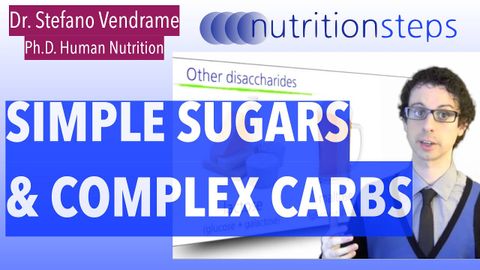
Subtitles & vocabulary
Nutrition Steps 4.2 - Simple sugars & Complex carbs
00
陳秋汝 posted on 2016/05/24Save
Video vocabulary
break
US /brek/
・
UK /breɪk/
- Verb (Transitive/Intransitive)
- To create a new record e.g. running the 100m dash
- To form a crack in something
- Noun
- Time you stop an activity before continuing
- End of a relationship
A1TOEIC
More absorb
US /əbˈsɔrb, -ˈzɔrb/
・
UK /əb'sɔ:b/
- Transitive Verb
- To take up all attention / energy of something
- To take in a liquid; soak up
B1TOEIC
More energy
US /ˈɛnədʒi/
・
UK /'enədʒɪ/
- Noun (Countable/Uncountable)
- Physical or mental strength
- Enthusiasm and determination.
A2
More Use Energy
Unlock All Vocabulary
Unlock pronunciation, explanations, and filters
